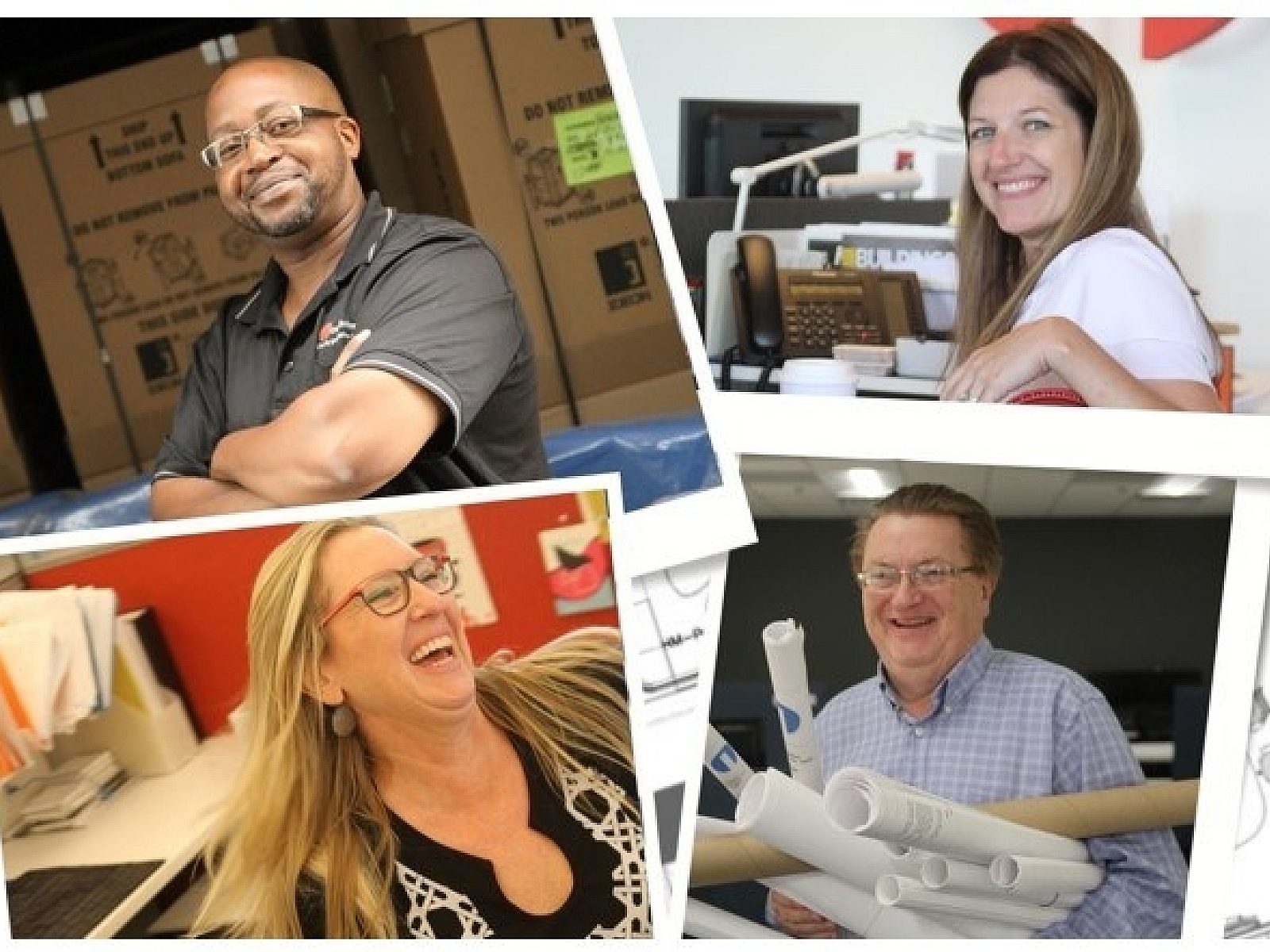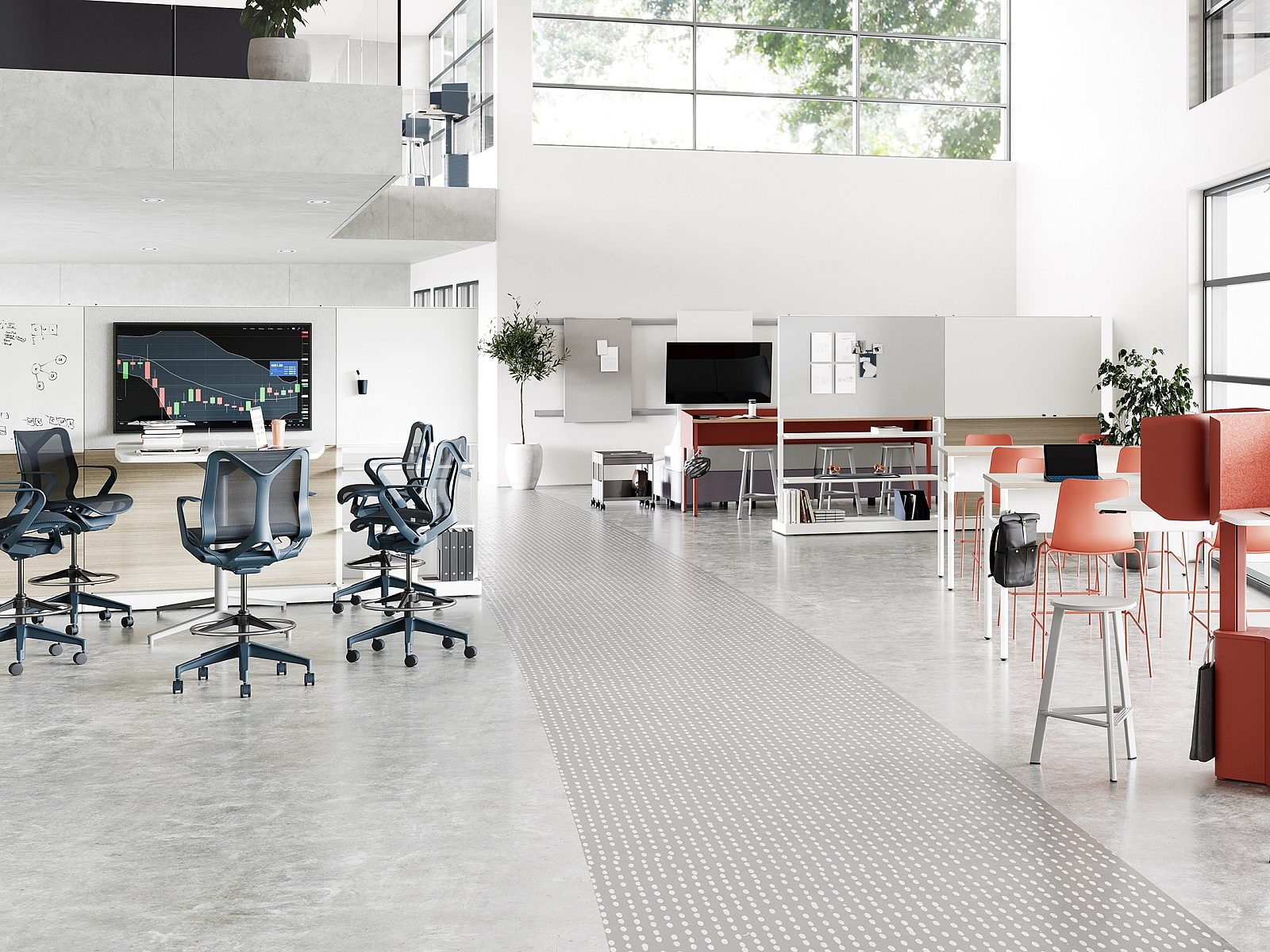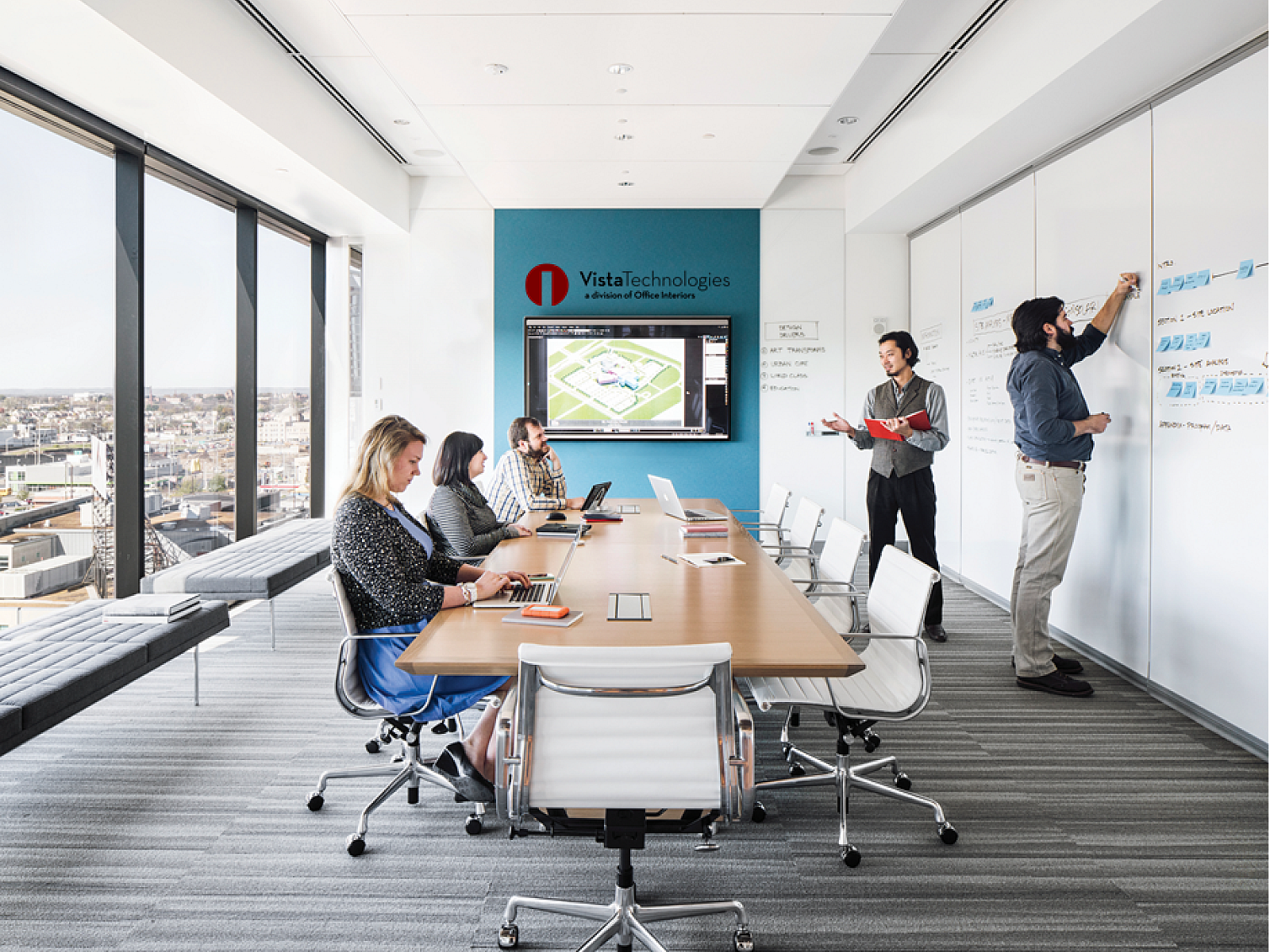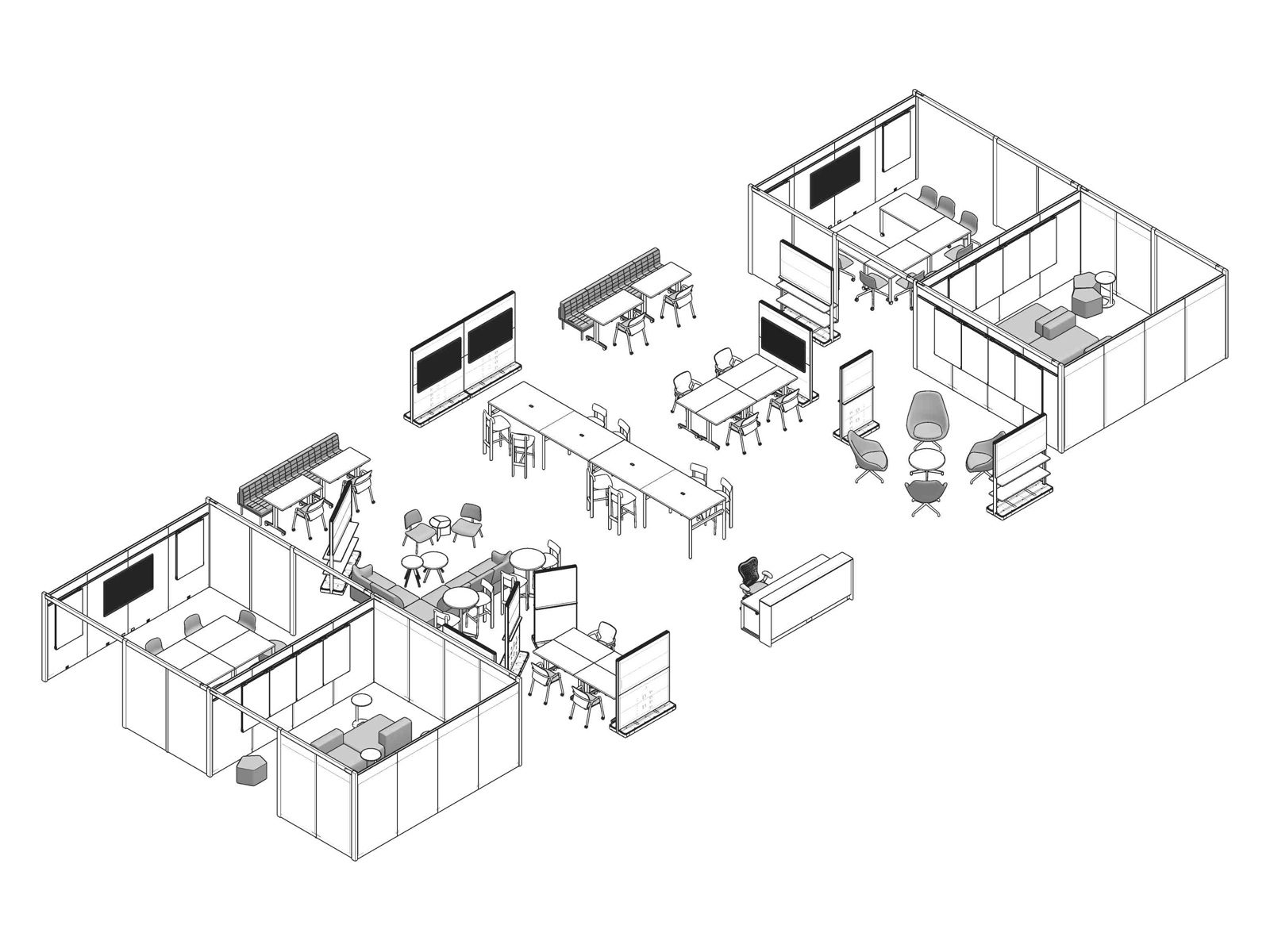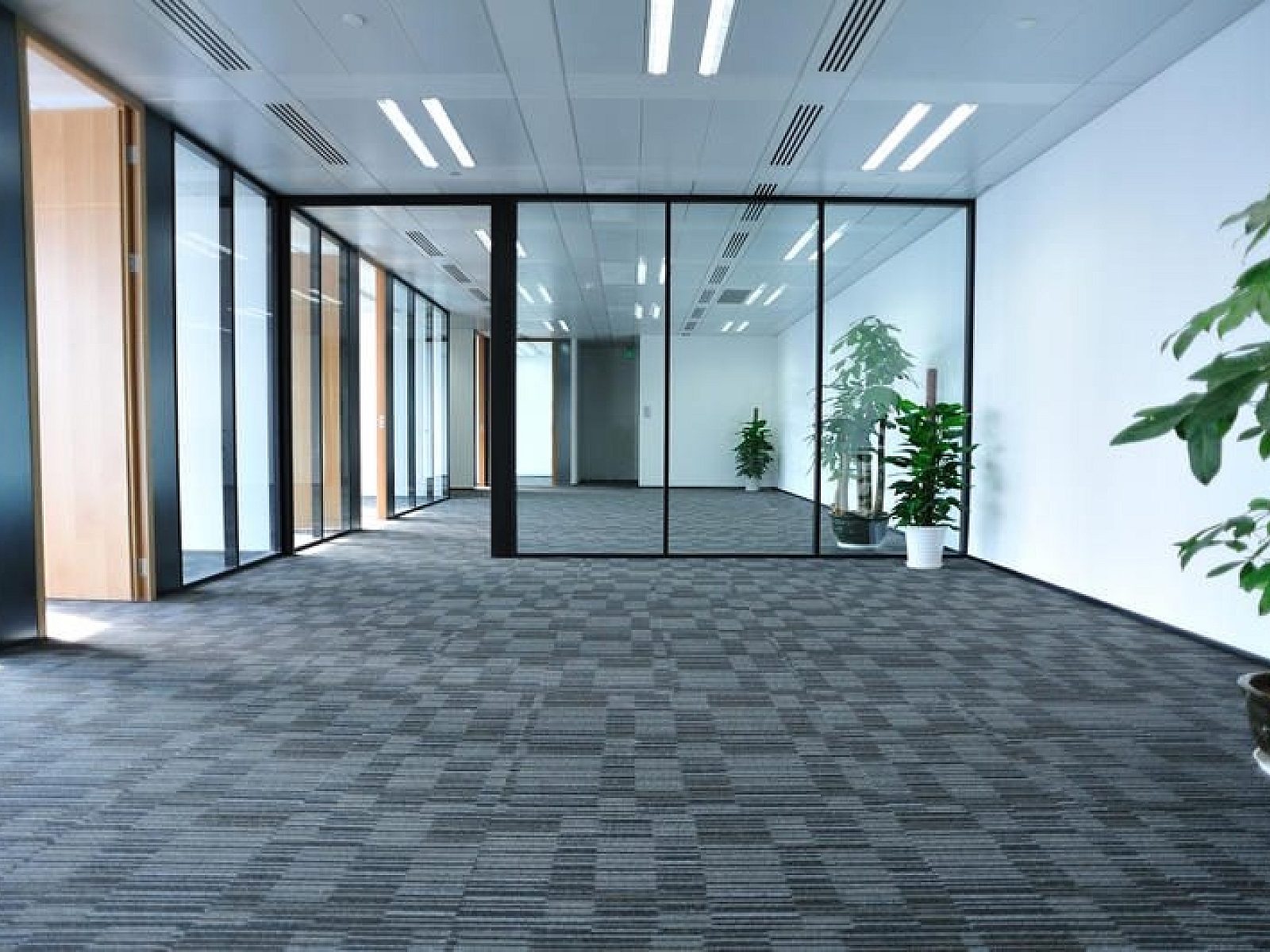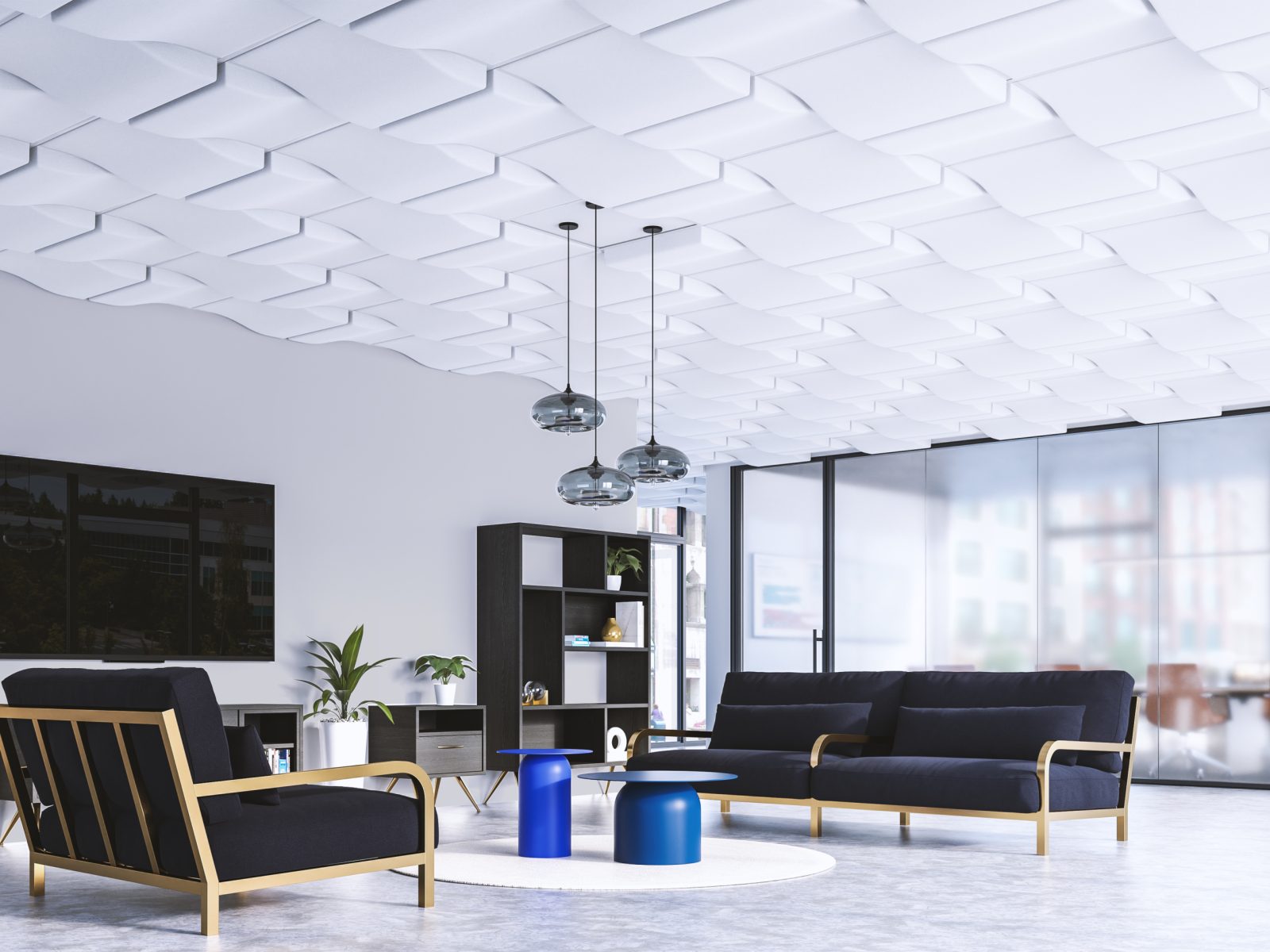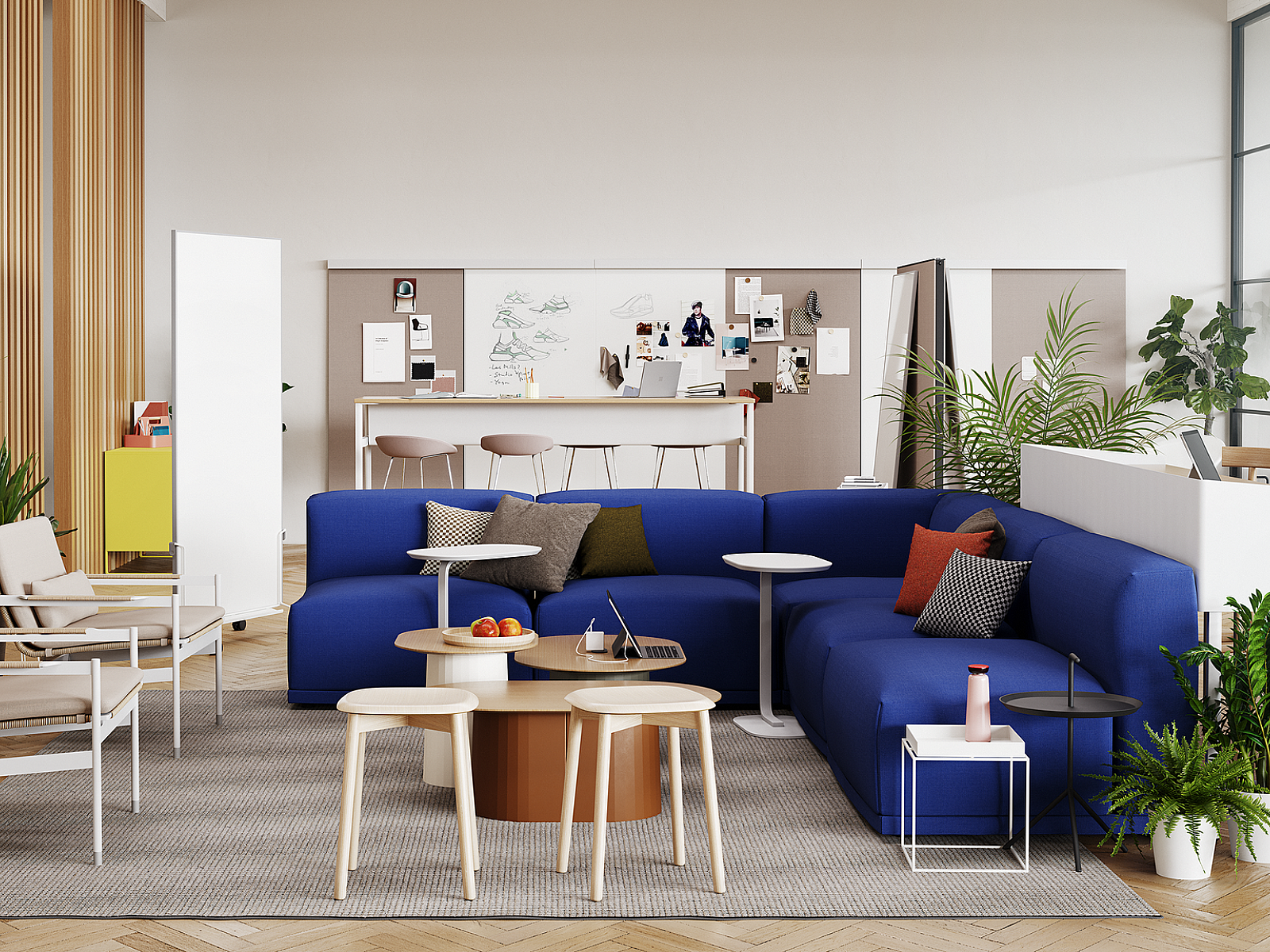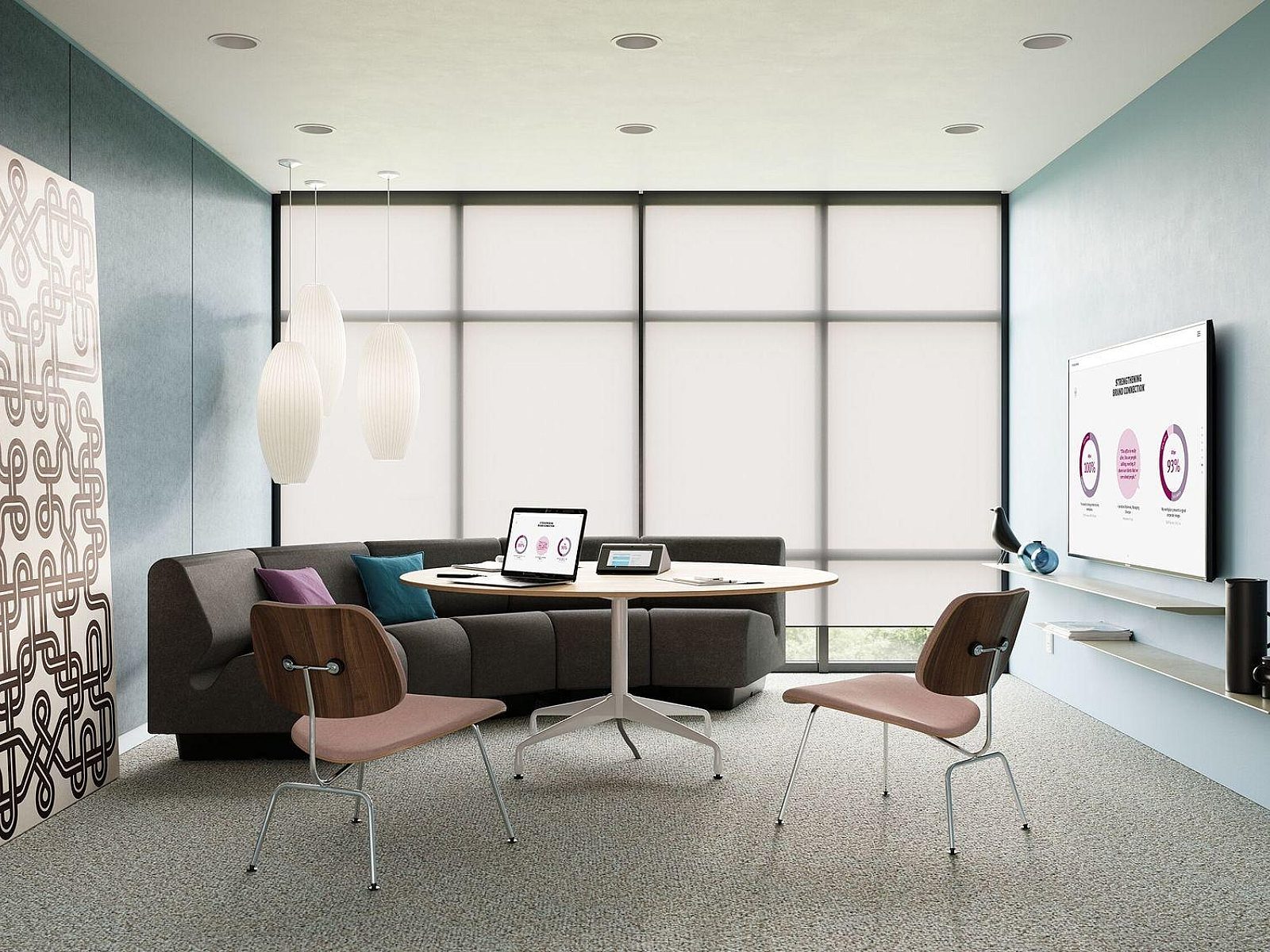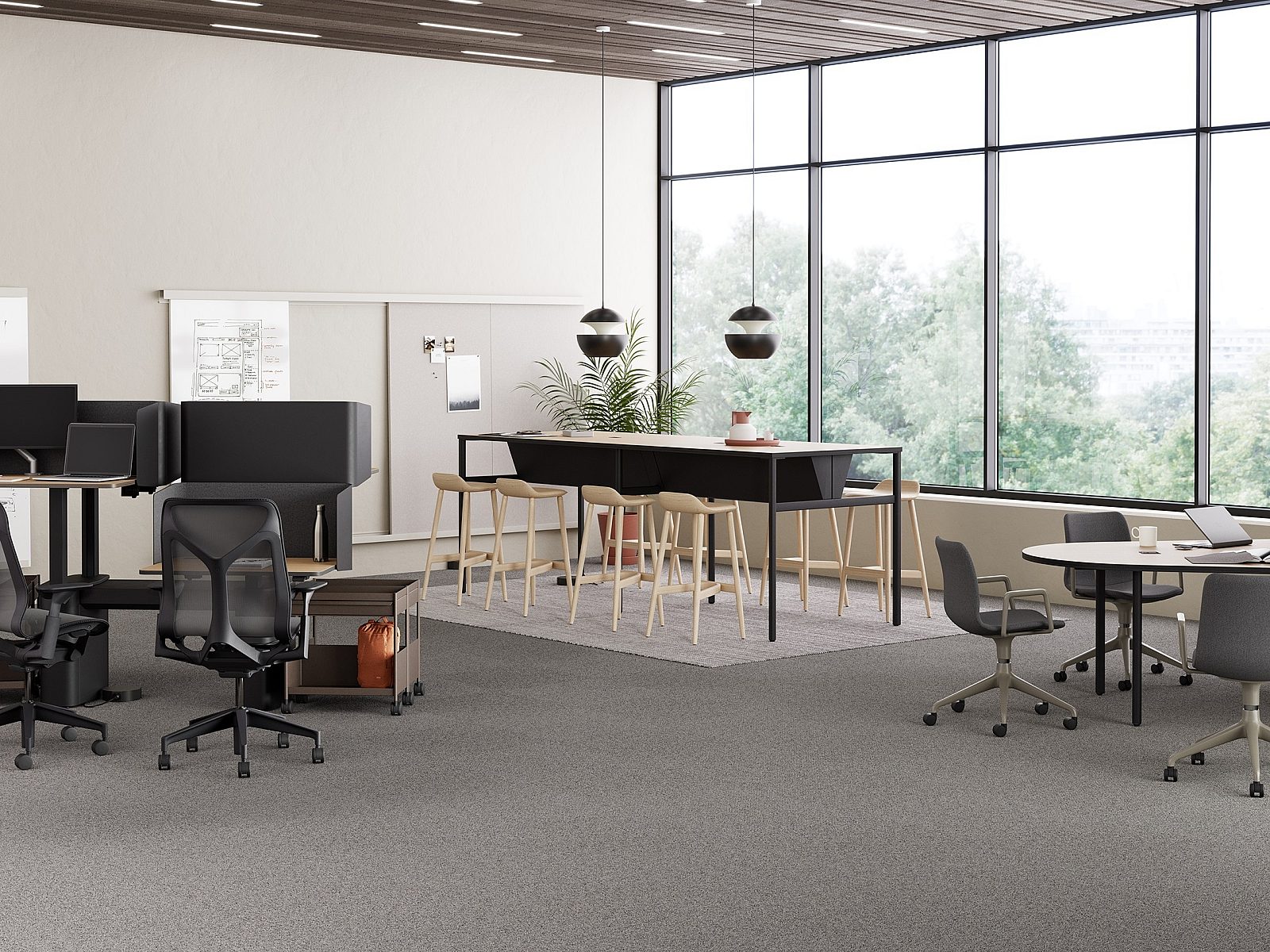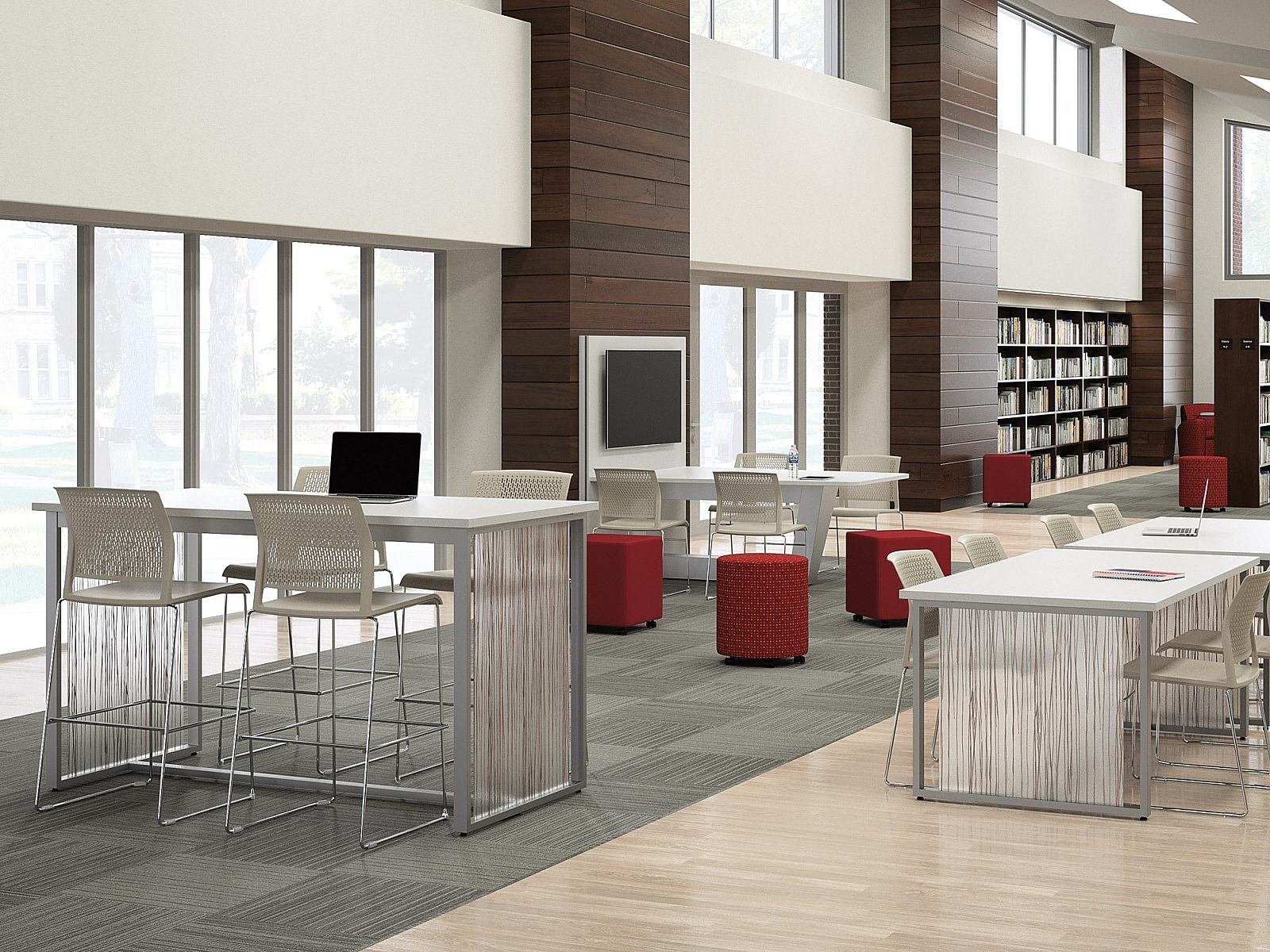6 Types of Audio-Visual Equipment You May Find in Your Office
Whether you’re working with clients in-person or remotely across locations, integrating audio-visual equipment has become an essential part of streamlining daily business operations.

Through this technology, companies can improve communications not only between departments but also with their clients for more personal interactions. With so many options to choose from between audio and visual equipment, though, it’s hard to decide which system is most suitable for you and your services. Let’s review the most common types of audio-visual equipment used in office spaces to help find the best options for your business.
Types of Audio-Visual Equipment
Audio-visual equipment is any electronic device or media that projects video or sound. Within the current digital age, such equipment ranges from touchscreen phones to headphones and continues to advance in professional fields. Though not unlike remote tools such as laptops and speakers, audio-visual equipment for office-based use must be more efficient and user-friendly for clients as well as employees. Here are various types of audio-visual equipment considered most helpful within offices:
Intercom
Intercoms are an important type of audio-visual equipment to help improve office communication and security. Typically, receptionists or security personnel use intercoms to speak with or allow entry for vendors, delivery workers, or clients. Through this system, communication with authorized employees and visitors becomes clearer, and helps secure your business from potential trespassers. Modern intercoms also come with built-in cameras to help identify individuals, overall improving your company’s protection and productivity.
Speakers
From providing informative announcements, calling a meeting, or just playing music in a waiting room, speakers are a versatile piece of audio-visual equipment. Through speakers, employees can receive important updates or remotely communicate with clients throughout the day. As a result, instructions become clearer, streamlining production and impressing clients with more personal interactions.
Interactive Display Boards
Interactive display boards are a relatively new type of audio-visual equipment primarily used in conference rooms for meetings and presentations. A mostly visual piece of equipment, interactive display boards are state-of-the-art tools to draw group attention and engagement through presentable media, such as a slideshow, video, or digital drawing. Not only can this equipment be displayed remotely but it also allows personnel to interact with the image through screen sharing or live editing as a collaborative team. Single-display screens are often used for conference rooms, while dual-displays are used for video-calls or screen sharing pitches to clients. Often, integrating interactive display boards provides better personal interactions with clients and workers, and serve as great tools for employee training.

Microphone
Microphones are a vital piece of audio-visual equipment for any office that—coupled with speakers—ensure crystal-clear communication. Within Zoom calls, it can be distracting to hear background music or animals during a professional meeting, but with the combination of microphones and speakers, employees can block environmental sounds, mitigating distractions and ensuring complete focus on tasks. Best of all, microphones are a type of audio-visual equipment that is easy to integrate, coming in various shapes and sizes. Meaning microphones can be anywhere within the office, either on the table, ceiling, or mounted display bars for the best look and functionality for your office.
Camera
One of the most used types of audio-visual equipment required for office spaces is cameras, as they help visually display personnel between video conference calls. Depending on the space and design of the conference room, though, different cameras may be needed for the best visual range. For one-on-one meetings, a simple laptop or mounted camera will work well; however, conference rooms projecting multiple individuals require cameras with larger range that cover 180 degrees. No matter the field of view, cameras serve as perfect audio-visual equipment to directly connect to clients and partners on a personal level without the need for travel.
Wireless Connectors
Key components to upgrading office spaces with audio-visual equipment are wireless connectors. Most businesses rely on strong Wi-Fi signals to join video conference calls but want to avoid hazardous clutter of connective wires between employee desks. To maintain audio and visual connections, wireless connectors function as the central hub workers use to log into programs, access files, and share presentations immediately. From this audio-visual equipment, other devices can easily connect over a secure network, protecting and streamlining company processes while keeping the office appearance neat and clear for visitors.
Each type of audio-visual equipment listed offers its own benefits to daily office functions, but together, these tools create a unique, innovative office space ready to communicate and share information across departments. Attention-grabbing, secure, and interactive for all parties, audio-visual equipment offers simple yet significant tools that can easily adapt into any business plan. For the best selections of audio-visual equipment and technology, contact us at Office Interiors to design and upgrade your office plan today.




